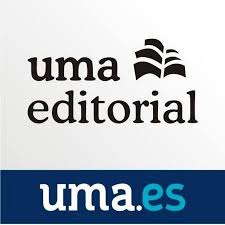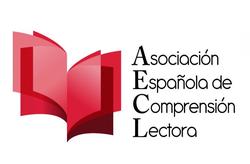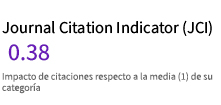Artes y literatura en la LOMCE: mecanismos para la comprensión de lecturas plurales
DOI:
https://doi.org/10.24310/revistaisl.vi5.11093Keywords:
Literature, Arts, reading, LOMCE, reader intertextAbstract
The current curriculum in Compulsory Secondary Education within the LOMCE law evidences the existing connection between the different artistic expressions. Specifically in the literary subjects, it is aimed to promote the consideration of the links between Literature and the rest of arts (Music, Painting, Cinema…) as an expression of the human feelings, while analyzing and interrelating works, characters and plots from all the time periods.Aesthetics, Rhetoric, Poetry, Fine Arts, Musicology, Semiotic, the Comparative Literature, and Criticism, as disciplines interested in the foresaid pairing, have just joint their studies, examining, from a theoretical approach, the existing links and transpositions between arts. In the educational field, establishing analogies and intersections between arts is conceived as a process for understanding the literary works: the didactic use of the semiotic correspondences for showing an interconnected reality of multiple readings in the classroom.
From that perspective, a literary hypertext allows non lineal readings, through its links and connections with other texts, enhancing the student’s reception and leading it towards multiple and significant realities. In that sense, the literary work, in where several possible reading itineraries coincide all together, acquires an open character, losing its consideration of being close and concluded. Hereby, we specify the type of activities, works and reading mechanisms that the new curricular approach requires; ekphrasis, melopoiesis, and Literature in films, among other dialogic links, that are a reclaim for the reading process in students while strengthening their aesthetical reception skills. In the same way, the theories about the reader intertext, linked to the literary training of students and the development of their reading comprehension, set the standards of the teaching methodology in the classroom.
Downloads
Metrics
Publication Facts
Reviewer profiles N/A
Author statements
- Academic society
- N/A
- Publisher
- EduVerso, Universidad de Málaga
Downloads
Published
How to Cite
Issue
Section
License
All contents published in Investigaciones sobre la Lectura are protected under the Creative Commons Attribution-NonCommercial-ShareAlike 4.0 International (CC BY-NC-SA 4.0) license. All about this license is available in the following link: <http://creativecommons.org/licenses/by-nc-sa/4.0>
Users can copy, use, redistribute, share and exhibit publicly as long as:
- The original source and authorship of the material are cited (Journal, Publisher and URL of the work).
- It is not used for comercial purposes.
- The existence of the license and its especifications are mentioned.
There are two sets of authors’ rights: moral and property rights. Moral rights are perpetual prerogatives, unrenounceable, not-transferable, unalienable, imprescriptible and inembargable. According to authors’ rights legislation, Investigaciones sobre la Lectura recognizes and respects authors moral rights, as well as the ownership of property rights, which will be transferred to University of Malaga in open access. The property rights are referred to the benefits that are gained by the use or the dissemination of works. Investigaciones sobre la Lectura is published in an open access form and it is exclusively licenced by any means for doing or authorising distribution, dissemination, reproduction, , adaptation, translation or arrangement of works.
Authors are responsable for obtaining the necessary permission to use copyrighted images.












31.png)








